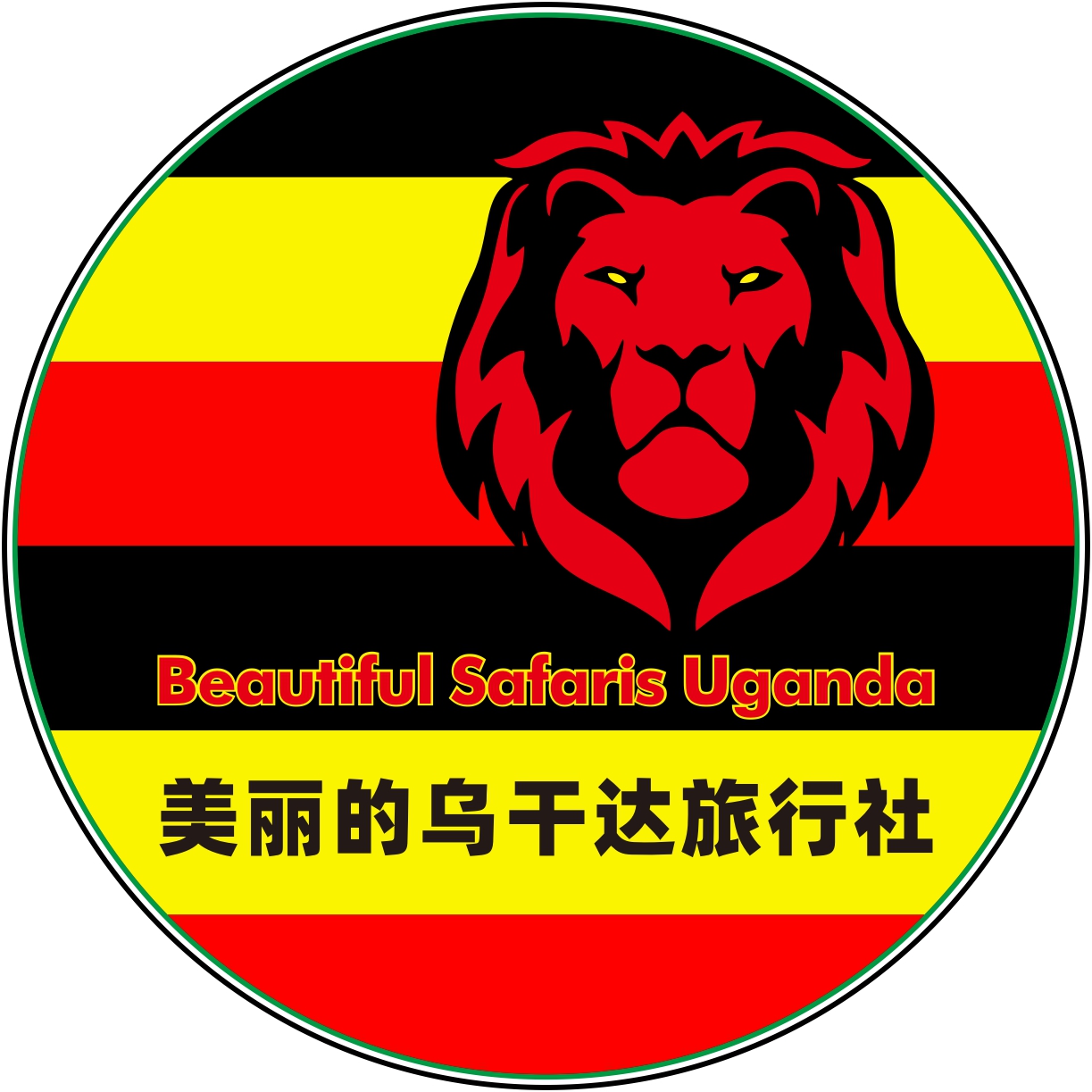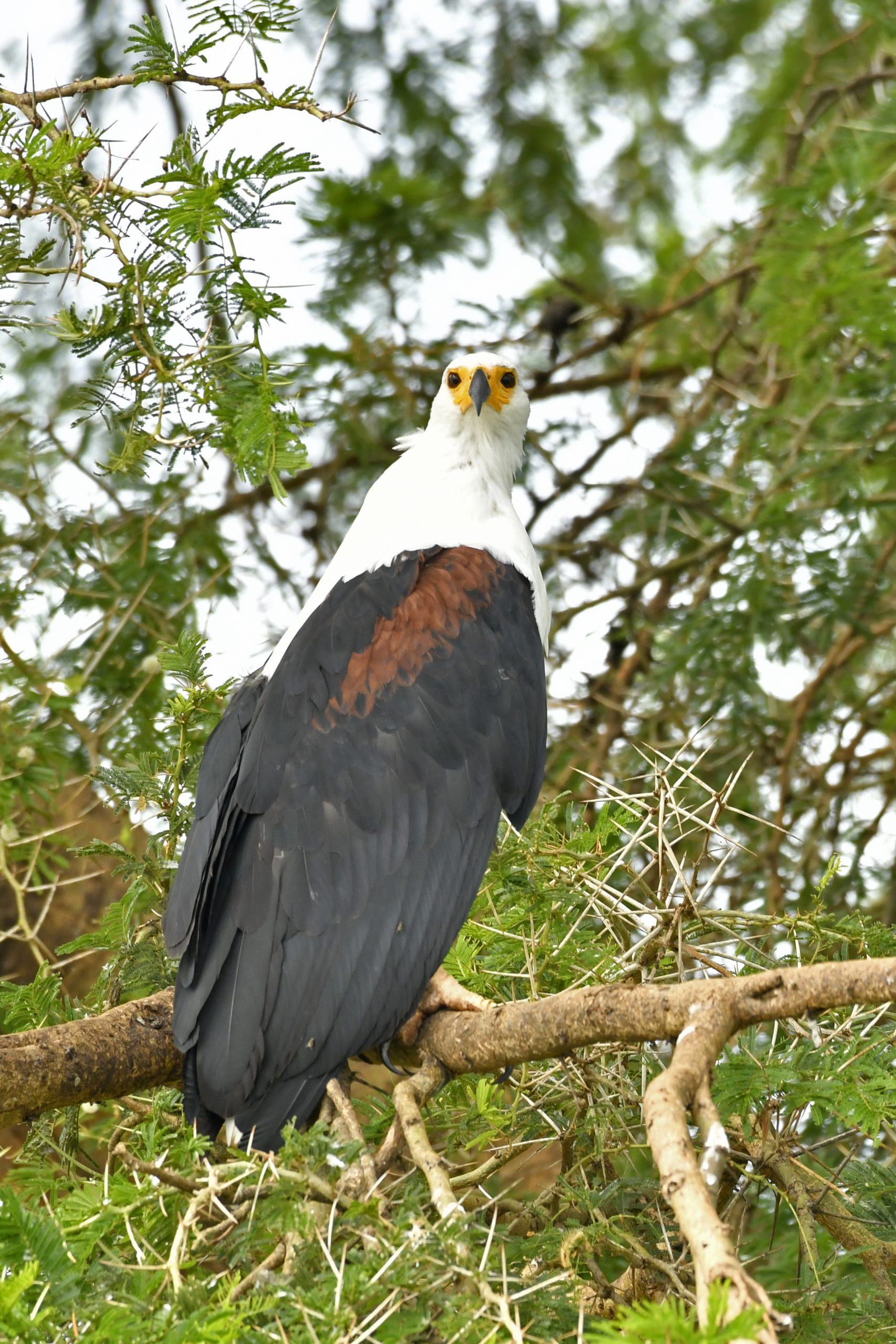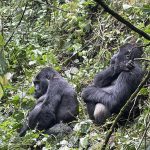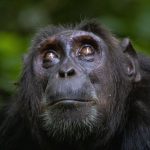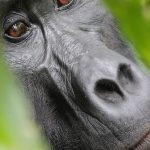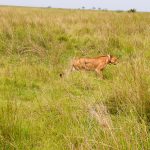Rwenzori mountain National park
Rwenzori National Park is one of the most beautiful African alpine areas, It is situated in the western part of Uganda along the Rwenzori Mountains It was gazette in 1991 as a way of protecting the biodiverse ecosystem and was declared a UNESCO world heritage site in 1994 the mountain is referred to as ‘Mountains of the moon named by Alexander geographer ptomley in AD 150, a snow-capped mountain straddling along the equator, the mountain is Uganda’s only block mountain faulted along the sides of the western rift Valley. The national park protects some of the highest parts of the mountains stretching 65km wide and 120km in length, the national park covers an area space of approximately 996 square kilometers in Bundibugyo district.
The park hosts Africa’s third-highest peak Margherita with the finest diverse plant life, birds, and animals The vegetation cover includes tropical rainforest, bamboo forest, montane forest, colorful mosses, giant lobelia, and big heathers, going past the elevation point the rest of the park is covered in the beautiful snow-capped mountain, there are about 18 species of mammals present in the national park including blue monkeys, forest elephants, olive baboons, black and white colobus monkeys, bushbucks to mention a few over 200 species of birds have been recorded for example Rwenzori collared batis, red-faced woodland bird, Rwenzori turaco, dwarf honey guide, purple breasted sunbirds among
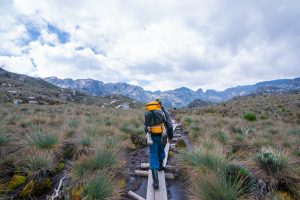
Bwindi impenetrable national park
Bwindi Impenetrable National Park is most sought of when it comes to mountain gorillas, the phenomenal national park is home to half population of the world’s remaining mountain gorillas, these live within the forest with freedom to roam in the natural ecosystem, Bwindi is situated in the western part of the country, it is one of the few places to find the primate species, they are the world’s largest primates led by a male silverback, the national park was gazette as a protected conservation area in the 1993 and declared a UNESCO world heritage site by the 1994 as a way of protecting the critically endangered species, it covers an area space of approximately 321 square kilometers towards the edge of the rift valley, offering an ultimate gorilla experience.
The Bwindi forest is one of Uganda’s most biodiverse tropical rainforests dating back to over 25 million years ago, it is bisected into four sectors the Nkuringo, Buhoma, Ruhija and the Rushaga sector, each of these has got habituated gorilla families to track the Mubare gorilla group was the very 1st family to be habituated and made to get used to human presence in the1993 in the Buhoma sector mountain gorilla species live freely within the ecosystem without being captivated they live in families of up to 20 members, baby gorillas live under the care of their parents until the age of 2 years old, they mostly nest on the ground hence a gorilla population census can be done by how many nests have been built, they feed in different locations allowing food to regrow mostly the plants, leaves, mushrooms.
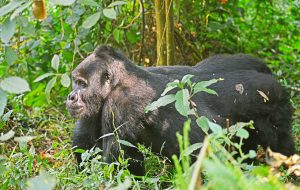
Murchison Falls national park
Murchison falls national park is the most sought when it comes to protected conservation areas of Uganda, it is noted as among the oldest of national parks in the country situated in the northern part in Nwoya district with a few kilometers stretching into the Bulisa district, the Murchison area was gazette in 1926 as a national park protecting wildlife and one of the world’s most powerful waterfall Murchison after which it was named, the water squeezes its self through a small slit along the rock escarpment measured to approximately 7 meters falling down the hill into the plunge with the loudest thunderous voice, the parks name has been changed at a certain time to Kabalega national park by one of Uganda’s presidents Idi Amin Dada, following his downfall the largest national park regained its name, it covers an area space of approximately 3890 square kilometers.
The angelic park is notable for a number of attractions mostly the great Murchison falls, at several, it was named as one of the 7 wonders of the world and a beautiful thing to experience, the so called big four of the wilderness can be spotted here(Lions, Leopards, African elephants, African buffaloes) initially all the 5 were present in the ecosystem until the 1980’s when there was rampant poaching which eventually led to the decrease and extinction of the white Rhinoceros, however thanks to the Ugandan government, they were retrieved in another location in Nakasongola district at the Ziwa Rhino sanctuary the ecosystem is closely being monitored by the Uganda wildlife authority team in order to relocate the animal species, the Kaniyo Pabidi forest is home to several primates like the chimpanzee, these are most have been scientifically proven to share up to 98% of the human DNA, other mammals of the park include the Rothchild’s giraffes, hippos, waterbucks, Nile crocodiles, bushbucks, Jackson hartebeests, oribi, hyenas, and over 450 species of birds, the presence of the amalgamation of species gives a chance to participate in a number of activities like gamedrive , Baotcruise, chimpanzee trekking, birding and hot airballoon

Queen Elizabeth national park
As the sound of its name, the Queen Elizabeth national park is a perfect angelic destination vibrant and full of life, the biodiverse ecosystem is situated in the western part of Uganda straddling adjacent to the Equator with a backdrop of the Rwenzori mountains, it was initially named as the Kazinga national park until the visit of Queen Elizabeth the second of England visited the conservation area which changed its name to be after the Queen, it is famous for tree climbing lions to the south of the park in the Ishasha sector, it also contains most of Uganda’s birds the 1030species in the country 600 have been recorded here. The park was gazette in 1952 stretching along the floor of the great Albertine rift valley region covering an area space of 1978 square kilometers in the Kasese district, the Katwe Salt Lake region marks the highest point of elevation of the national park situated at 1350m above sea level and the lowest being at Lake Edward at 910m.
Queen Elizabeth national park is one of the most popular savannah park its angelic biodiversity comprises of a vast savannah grassy land dotted with many crater lakes, gorges, salt lakes, and humid forested area, these protect many animal species including the big 4 of the wilderness (lions, elephants, African buffaloes, leopards), other present mammals are chimpanzee in the Kyambura gorge, antelopes of different species, warthogs, hippos, the Kazinga channel boasts with the highest population of hippos around the world it is an epic point mostly in the dry season as animals mostly gather here to drink and eat on greener pastures, the hug fig trees in the south of the jungle hide the famous tree climbing lions the route is one place to connect through to the western part of Uganda between the Kibale forest national park as well as the Bwindi impenetrable national park.
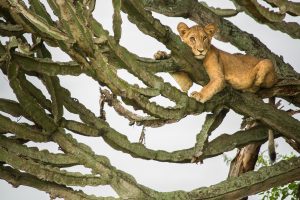
Mountain Elgon National Park
Mountain Elgon national park is located in the eastern part of Uganda tucked along borders with Uganda and Kenya it has one of Uganda’s oldest physical features mountain Elgon is said to have erupted over 200 million years ago and was once Africa’s highest volcanic mountain, to date mountain Elgon is the 4th highest since the eruption and is a dormant volcano, mountain Elgon has got the largest foot base along which is settlement for 2 tribes, the Bagisu of Eastern Uganda and the Kalejins (Sabinys). At 4000 square kilometers, mountain Elgon is the oldest volcanic mountain in East Africa its highest volcano is known as Wagagi! The famous Sipi Falls is a part of the slopes of the mountain Elgon it is not to miss while on a safari to the conservation area.
The park got its name from the feature Mount Elgon found within the park along which the forest grows, it was gazetted in both country’s at different times in Uganda it was gazetted in 1996 while the Kenyan side was gazetted in 1968 as a way of protecting animal species that call this home, mountain Elgon has 4 peaks Wagagi standing at 4321m, Jacksons summit at 4165m Kiongo at 4303m and Mbuyi at 4210m above sea level the Bagisu refer to the mountain as mount Masaba believed to be the origin of their ancestors, there are several attractions of the national park the good vegetational cover is habitat to animal species and birds that call this home. The park boasts different plant life which is arranged in different altitudinal zones from farmlands to the heath and moorlands the shrubs and thickets are quite catchy too on a day’s hike.
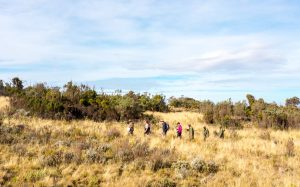
Kibale forest national park
In Uganda when you talk of chimpanzee, then most likely you mean the primate destination of the Kibale forest national park also known as the capital of primates there are 13 species within the ecosystem( Chimpanzee, L’hoest monkeys, black and white colobus monkey, red tailed monkeys, blue monkeys, pottos, bush babies, vervet monkeys, grey checked mangabey,olive baboons, to mention a few), it was as gazette as a way of protecting the amalgamation of species ranging from mammals, birds, amphibians, and reptiles the forest is one of the few remaining tracts of the tropical rain forests present today, situated in the Kabarole district in the western part of the pearl of Africa, occupying the largest forest cover of the district approximately 795square kilometers , elevated between 1,160m-2,607m above sea level surrounded by crater lakes, overlooking the fort portal plateau, it is managed under the Uganda wildlife authority.
This region of the western Uganda between the Kibale-Fort portal to the outskirts of the Queen Elizabeth national park is one of the most angelic areas of the country stretching to the Toro Semliki national reserve area, the biological diverse environment is best known for the chimpanzee other mammals like elephants, buffaloes, antelopes, bush pigs, which are rare to see while here the most reason to visit the national park is Chimpanzee tracking there are very high chances of seeing the primates, the primate walk commences at the Kanyanchu visitor center, the very first chimpanzee to be tracked was done in the 1993 following a research that was conducted, the tracking is done in sessions, in the morning and afternoon time following a briefing from the Uganda wildlife park rangers it takes 2-3 hours doing the activity in groups of 6 members per chimpanzee troop an hour is allowed while enjoying the presence of man’s closets relation, they have been scientifically proven to share up to 98% of the human DNA, communicable with their cooing sound, given a chance you will be able to hear them even at distance.

Kidepo Valley national park
Kidepo valley national park is a gem in the wilderness of Africa, a unique biodiverse national park tucked in the semi dessert area of Uganda located towards the north eastern corner bordering the south Sudan, around which is a large mountainous landscape in which the golden savannah grassland disappears into, there are special animals that are restricted to the national park including the side stripped hyenas, rock hyrax, bat eared fox, ostrich, cheetahs to mention a few, it has over the years gained fame due to its natural composition it is managed by the Uganda wildlife authority situated in Kabong district, it is always seeming like a new place due to its untampered natural resources.it is an epic region with a thousand reasons as to why you should plan our trip here!
The national park conserves the culture of the people of Karamoja, it is a phenomenal experience to meet the local communities and get lost into their cultures, that said the major reason of visit is the fusion of wildlife in the park, along the Kopjes and stand-alone hills among the mid length grass are predators like Lions, cheetahs, hyenas, leopards, it is also notable for the large population of the African buffaloes which lay lazily long the dry river beds of the Kidepo, the national park is divided into 2 sectors the Narus Valley and the Kidepo valley, most of the animal life is within the Narus valley due to its consistent water supply and food, while on the other hand the Kidepo valley really gets hot and dry mostly, the long aligned dry river beds a lined with borassus palms and angelic sausage trees, the magical experience is wonderful to explore.

Lake Mburo national park
Lake Mburo national park stands to be the smallest savannah national park in Uganda, nearest of most of the ecosystems in the country to the capital city Kampala, it is quite the easiest to access as it is situated along the greater Masaka and Mbarara highway the beautiful park initially used to be a hunting ground for the Bahima and Ankole people, the conservation area was gazette as a way of protecting the few of the many animals that were present in the national park over the years there has been an elimination an relocation of animals due to several factors including a Tse Tse fly invasion, about 20% of the park areas is occupied in waterbodies.
The conservation area is underlined by metamorphic rocks which are said to date back up to 500 million years ago, the origin of the name Mburo is gotten from a Legend of 2 brothers one of which was called Mburo, it is said that Mburo’s brother had a dream of lots of rain that had covered the region he explained it to his brother who did not seem to listen and ended up going to graze, floods found him there and could not make it back and hence the place was named after him Lake Mburo! There are 5 Lakes in the national park connecting together with the marshy swampy areas to form one large wetland area, the surrounding areas are covered in papyrus swamp and short water plants.
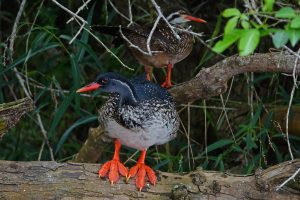
Semliki National Park
Semliki national park is one of the first conservation areas of Uganda characterized by the unique bird species that have been recorded here to date it is a “true haven of birder.” It is the only lowland tropical forest of Uganda connecting to the Congo basin along the floor of the great Albertine rift valley, the national park has survived overtime with evidential natural features of Hot springs present in the national park the park is strategically located along the border of the democratic republic of Congo covering an area space of approximately 220 square kilometers, it is of the best biodiverse ecosystems in Uganda the park was created in 1932 and received a national park status in 1993, it is managed by the Uganda wildlife authority(UWA).
Semliki national park is rich with species it is within the regions of the Albertine rift valley the vegetation of the park is composed of lowland forest with tree species that are the same as those of the Congo, swamp vegetation, forest, and a savannah grassland all these habitats present a chance for the growth of flora and fauna in the conservation area expect to see mammals like elephants, buffaloes, chimpanzee, monkeys, Uganda Kobs mention a few and over 435 species of birds some of which are endemics to the Albertine the list includes guinea Congo forest biome bird types like the red thighed African hawk, great blue turaco, eagles, sunbirds, Abyssinian ground horn bill, yellow-throated cuckoo, African grey parrot, shoe bill stock a critically endangered species in birds among others.

Mgahinga National park
Mgahinga national park is the smallest of Uganda’s conservation areas situated in the southwestern part of the country, it forms part of the great Virunga volcanic region stretching to Rwanda and the democratic republic of Congo, of the 8 series of the mountain region 3 of these are present in the national park (Ghainga, Sabinyo, and Muhabura), it was gazette as a way of protecting the critically endangered species of the mountain gorillas and golden monkeys in 1991, it covers an area space of approximately 33.7 square kilometers. The conservation area gets its name from Mountain Gahinga’ a local word to mean a pile of stones cleared from the farmlands it is elevated between 2,227m and 4127m above sea level.
Mgahinga national park is home to one transboundary gorilla family known as the Nyakagezi gorilla group however recently they have been quite static and even one of the groups from Rwanda is said to have joined them, the other striking features of the park are the distinct volcanoes surrounded by a growing angelic forest along the slopes these are habitats to wildlife including the forest buffaloes, elephants, mountain duikers, bush pigs, golden monkeys, vervet monkeys to mention a few and a checklist of over 180 bird species some of which are endemics of the Virunga region, and the Albertine, for example, the great blue turaco. The Batwa community used to live in the forest, however, due to conservation purposes, they were evicted and continued living in the surrounding areas the tribe are the first hunters and gatherers from the forest, and their unique culture is one of the most endangered to extinction there are a few of these in the forest
,
